Brazilian businessman Zero Freitas owns over six million records, a collection which he intends to catalog for public use and transform into a vastly listenable archive.
Nearly everyone interested in records will have, at some point heard, the news that there is a Brazilian who owns millions of records. Fewer seem to know, however, that Zero Freitas, a São Paulo-based businessman now in his sixties, plans to turn his collection into a public archive of the world’s music, with special focus on the Americas. Having amassed over six million records, he manages a collection similar to the entire Discogs database. Given the magnitude of this enterprise, Freitas deals with serious logistical challenges and, above all, time constraints. But he strongly believes it is worth his while. After all, no less than a vinyl library of global proportions is at stake.
How to become a part of this man’s busy timetable – that was the question that remained unanswered almost until the very end of my stay in São Paulo in April 2015. It was 8 am on my second last morning in the city, when Viviane Riegel, my Brazilian partner in crime, received a terse message: ‘if you can make it by 10:00 am to his warehouse, he’ll have an hour for you’. That was our chance. We instantly took a taxi from the city’s south-west part called Campo Belo to a more westerly neighborhood of Vila Leopoldina. We were privileged enough to listen to Freitas’ stories for what felt like a very quick hundred minutes. His attitude and life’s work provoked compelling questions.
The analogue record in the digital age
What makes any vinyl collection truly valuable? How to tell a mere hoarder from a serious collector? And why is vinyl collectible now, at a time of intensive digitization of life and culture?
Publicly pronounced dead by the mainstream industry in the 1990s, vinyl never really ceased to live and has proved much more resilient than the corporate prophets of digital ‘progress’ would like us to believe. Apart from its unique physical properties, vinyl records contain a history that’s longer than any digital medium can ever hope to replicate. Zero Freitas insists that this history has not been fully told yet. Indeed, when acquired and classified with a set of principles in mind, records may literally offer a record of culture, for they preserve not just sounds, but also artistic expression, visual sensibility, poetry, fashion, ideas of genre differentiation and packaging design, and sometimes social commentary of a given time and place. If you go through your life with records, then your collection might be a record of your life. Big record collections are private libraries of cultural import and aesthetic appeal. They are not so very different from books, a medium we still hold in high regard. Books and records invite ritualistic experience, their digital counterparts offer routine convenience.
The problem is that many records are becoming increasingly rare. As Portuguese musicologist Rui Vieria Nery writes reflecting on the European case of Fado music, “the truth is that, strange as it may seem, collections of Fado recordings as recent as the ’50s to ’70s are difficult to get hold of.“ Zero Freitas emphasizes that the situation of collections from other parts of the world may be even worse.
We have to ask then, what we lose if we don’t get hold of them? For one thing, records preserve the past. They save something intangible from oblivion, where a tune or a cover can suddenly transport us back in time to a younger version of ourselves and the feelings we once had. Rare and independently released records can provide a chance for genuine discovery and learning. They help acquire new tastes, delve into different under-represented stories.
What Thomas Carlyle once wrote about books applies to vinyl perhaps with even greater force: ‘in books lies the soul of the whole past time, the articulate audible voice of the past when the body and material substance of it has altogether vanished like a dream’. This quote is inscribed in stone on the wall of the Mitchell Library in Sydney. Having listened to Zero Freitas, this motto could just as easily apply to his vinyl library project. Focusing on rare Brazilian music, he wants to save some endangered species of vinyl, and thus to raise awareness of world’s vast but jeopardized musical ecology. This task seems urgent now as our attention span gets ever shorter and more distracted, as reflected in the uprooted samples and truncated snippets of music scattered all over the internet.

From vinyl junkie to archive curator
What many in the so called ‘global North’ tend to see as the canon of modern music is in fact a slim, often contingent selection from the tremendous musical output that has taken place across the world.
With over 6 million records in his possession, Freitas is now considered to possess the largest privately owned vinyl collection in the world. However, tongue in cheek he revitalizes the scale of his achievement.
When I was in India, I made jokes in interviews that I cannot be the one with the largest collection of records in the world because there are a dozen Indian maharajas who must have 10 million Indian records, for it is such a big country with a production [of vinyl] almost as big as the Brazilian.
The difference is, if those collections do exist, they’re closed. For Freitas, that is troubling and something to be ultimately avoided. By the time he was twenty, he had privately amassed what in his milieu was a ‘non-standard number of records’, totaling around 10,000. From then on, each time he visited a record shop in his Volkswagen Beetle, he would leave it with one hundred records, digging through the stacks of second hand vinyl, starting early when the shop opened, and digging on until closing time.
When his collection reached 30,000 – a number that’s hardly manageable alone by anyone’s standards – Zero started to reflect on the meaning of his pursuit.
I began to be distressed by having a large volume of records without anyone listening to them. I started to work with stores that I knew because I was a frequent buyer. I would offer what I had at home. I made my material available to a theatre. I had rare things, like a Hitler speech, which, at that time were, not easy to find at the push of a button. That was an embryo of the idea of the public collection.
The idea of opening an archive of vinyl accessible to the public is new neither to Brazilians nor to the world at large. There are vinyl libraries in London and New York where Bob George has run the archive of American music he calls ‘Noah’s Ark of American Music’. There is also a new library with 10,000 records recently opened in Seoul, South Korea. In Brazil even, a format has been established by Mario de Andrade´s collection, available at the Centro Cultural São Paulo. But Freitas is taking it to a new level though. Over six millions records are now assembled in his warehouse, where his employees, mostly interns from University of São Paulo, catalog them as we speak, using a special software with the aim to have had half a million records inventoried by the end of 2015. Half-jokingly, Freitas informs us that contrary to what one might assume, they are not music students but come from history department.
The person who implemented the cataloging system here and had also done the same in the Instituto Moreira Salles, told us not to choose music students for this job because they talk about music all day long and don’t focus on the cataloging process.
What drives this unprecedented enterprise of scale and dedication? The general objective is stated by Freitas in a deceptively simple manner: “I prioritize old records, for the sake of saving memory, saving history.”
But there are more specific goals and motivations whose unpacking can tell us something deeper about vinyl culture today, its half-forgotten history and its current meanings in an era of full-blown visualization of music.
Importantly, Freitas has accepted the challenge of his friend, Brazilian journalist Ruy Castro, who publicly stated that in order for Freitas to really take Mario de Andrade’s famous project to a new level, he should aim at gathering under his roof all Brazilian vinyl LP's. More daunting and adventurous than buying well-cataloged U.S. American records from failed stores in California, Louisiana or New York, the task seems worthwhile. In the 1980s, Brazilian collectors of the Instituto Moreira Salles publicly estimated that there were 65,000 78-rpm shellac titles produced in Brazil, and that a similar compendium should be made available for 12-inch vinyl records whose production continued uninterrupted until 1996.
As Freitas says, trying to get all the twelve-inch-records ever produced in Brazil is extremely pretentious. Since his love for the musical traditions of his home country seems as bottomless as its sonic richness, he nevertheless accepted the challenge and began to curate his collecting more strictly, prioritizing Brazilian works, increasingly the ones from northern regions of the vast country. The challenge is compounded by the fact that Brazilian stores have been raided for decades by collectors from Japan and Europe who followed the Bossa Nova craze.
First came the Japanese and some Europeans too, digging in Rio and São Paulo, and afterwards also in the countryside because before long it was over in the big cities. Then they started buying samba because there was no Bossa Nova left. Foreigners started to want other things, for they understood that the Brazilian music is very rich. At that time we had the feeling that they took everything away. There are thousands of Brazilian records I’ve never seen here in Brazil.

Off the beaten track
But there is even more to the challenge Castro posed to Freitas: much of Brazil’s enormous vinyl production entered the market through independent labels and local distribution channels, and those records, as well as parts of more mainstream production, have never been digitalised. The latter was concentrated largely in São Paulo and Rio de Janeiro, diverting people’s attention from other urban centres of Brazil. Thus, there is an urgent need to preserve the records produced largely outside of the national and international limelight.
U.S. Americans have the cult of memory. So the estimation is that the percentage of digitalised music reaches the level of 80% of all works ever released there. In a country like Brazil, it does not reach 20%. I’d say it’s probably even less because this is just 20% of the mainstream commercial market and outside it it must be close to zero. I have thousands and thousands of records with gospel music that were not digitalised. Even the majors that are the most organised of the music labels have no idea of exactly how many records they have produced. The available information is very vague.
The thing is, neither the artists themselves, nor their families care to digitalise it. This is very common in Brazil. I go into a store and I see an artist from the 1960s looking for one of his own records, because he doesn’t own a copy. He goes from store to store looking for it. And once he finds it, he wants other copies, so he can give them to his grand children, to show what he did. I’m talking about famous people who do not have their records.
Another geographical focus is Cuba which resembles Brazil in one respect: the country’s hybrid culture had experienced strong African influence. Limiting his current systematic search just to Brazil and Cuba has made Freitas very busy: “I have thrown the bait in Cuba, but I am not going further. If you throw more bait, what comes to you is already enough fish to sink a boat. So I do not go out looking for more.”
Over time Freitas has found roughly 100,000 records in Cuba, including some obscure pre-1989 stuff from Eastern Europe that ended up there due to the former political connections. He finds Cuban music remarkable and estimates that his Cuban collection is now close to all works released there on vinyl. Nowadays it is Brazil that preoccupies him the most and where the scale of the unknown looms large. And it is in off-centre locations where improbable stories still unfold on a regular basis.
While searching for hidden collections, you have to filter out what is true and what is false. Sometimes people say things that have no base, or even mock you. Recently a friend of mine found a musician who informed him that a radio station from Fortaleza, Ceara, wanted to sell their collection. They had only 1200 records. Radio stations used to have from 10 to 100 thousand records. It was a Radio Globo station, associated with the national Globo in Fortaleza. We asked ourselves: where are the radio’s records?
Eventually we found out that an important broadcaster who worked for that radio station was given the collection as a gift upon his going to retirement. Everyone in Fortaleza knows the guy, it’s Carneiro Portela. When we approached him, he said: Yeah, I can sell. His family was happy too because he was occupying a rental space and had ceased to rent an apartment just to keep his records! We also got in touch with another broadcaster from that radio station. In the first batch we received 25,000 records. These regional records would not normally come to the radio stations in São Paulo. In this batch alone we had 20,000 records we had never heard! A month was needed to catalogue this batch from Ceara. It is so awesome. Then a second batch arrived, with a few repeated records but even then we were happy because they’re rare; rarities that are worth nothing, but for me, culturally, sociologically, they have extraordinary value. In that sense, I feel happy and privileged to have been born in Brazil whose music for me comes first.
In short, Freitas’s archive is going to be more than just a comprehensive library of various North and South American mainstream works. It is meant to be an archive that will embrace various independent labels with back catalogues full of rarities as well as particular sound cultures.
To further evaluate the significance of this story, I asked Claas Brieler, a member of Jazzanova and avid record collector based in Berlin, what’s so special about north Brazilian records. He pointed out that as you go along the coast further away from the southern centres, you encounter a different rhythmic tradition every one hundred kilometres. Creative fusions were occurring in many towns scattered on the enormous shore, throughout the golden era of vinyl in the ’60s and ’70s.
Freitas’s encounter in Fortaleza should make us pause and reconsider what we conceive of as ‘global heritage’ and how the musical ‘canon’ is consolidated. What a reasonably informed consumer knows about major acts from major labels might as well be just the tip of the iceberg. The point is not to know everything but to appreciate diversity in its fullest possible spectrum.

Multiple independent sources, one ‘impure’ medium
A consciousness of the diversity of its traditions and vast vinyl heritage is growing in Brazil, where a younger generation is beginning to engage in reprinting obscure gems that never made it beyond test-pressing stage. Somatória Do Barulho and its sub-label Candonga of Caio Baraldo from São Paulo are exemplary new independent imprints of this kind run by someone born at the time when vinyl was seemingly dying. Freitas’s massive and growing archive could amount to a library and database that preserves not just a plethora of such rare singles and obscure albums but also certain knowledge of independent production. It could also popularise an analogue sensibility to new generations. Freitas senses a distinctive irony in this development of formats:
Read the rest of the original article here ~
Written by Anton Spice
Article source The Vinyl Factory


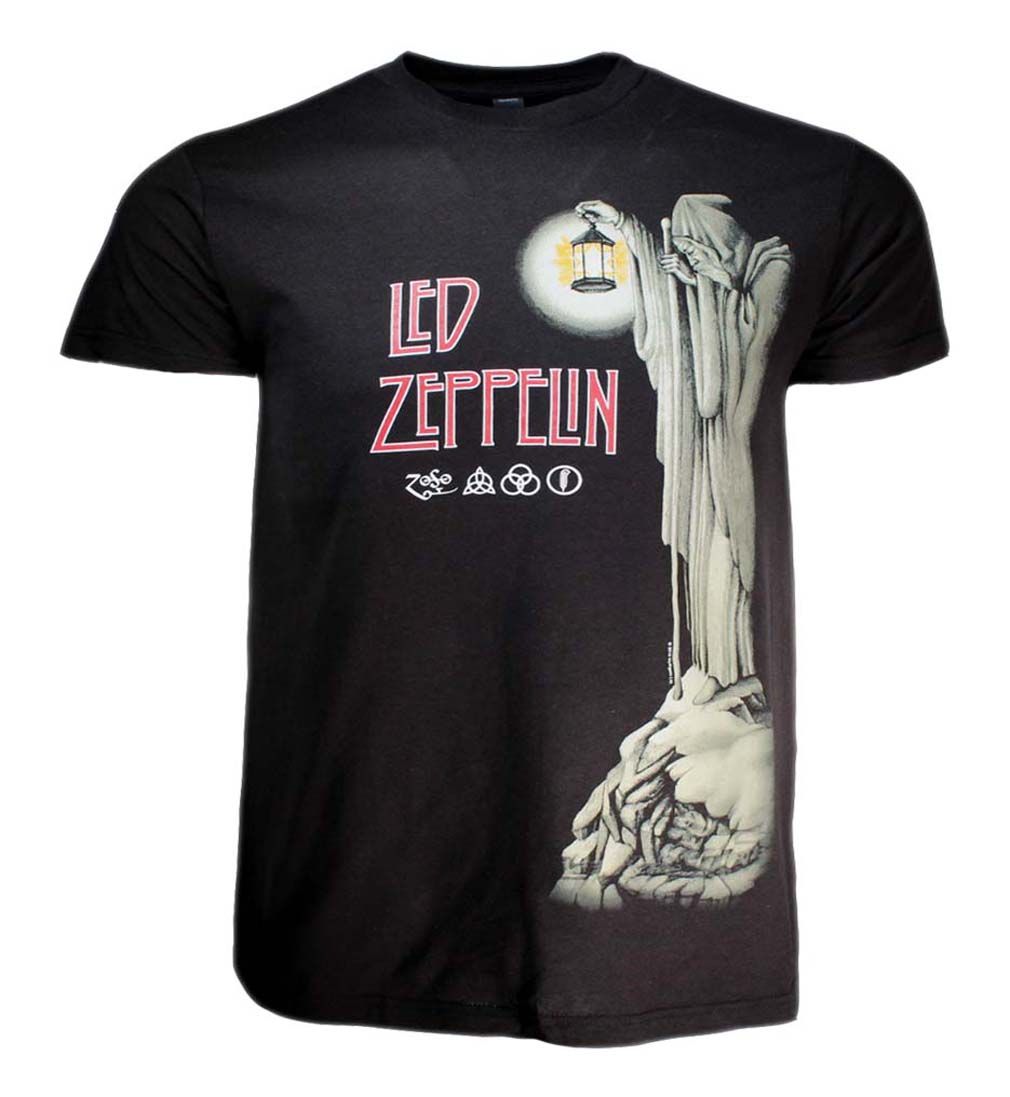

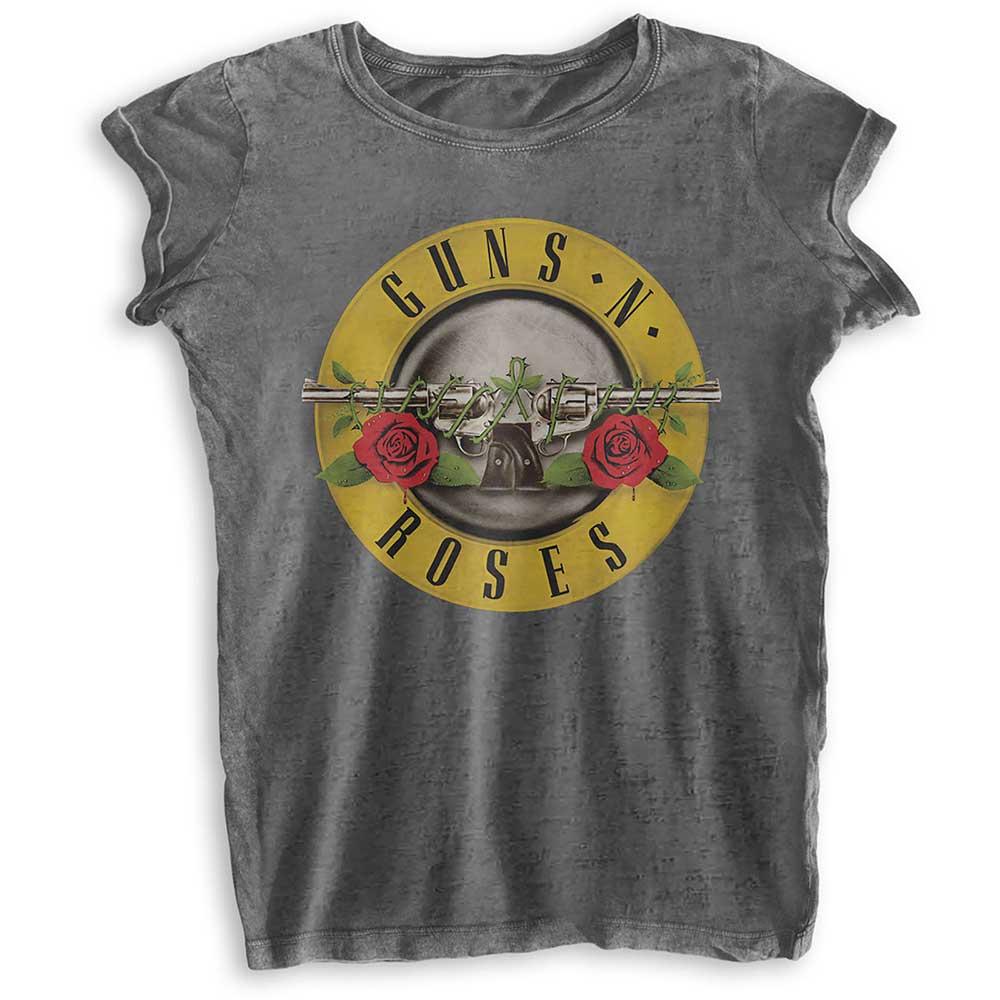









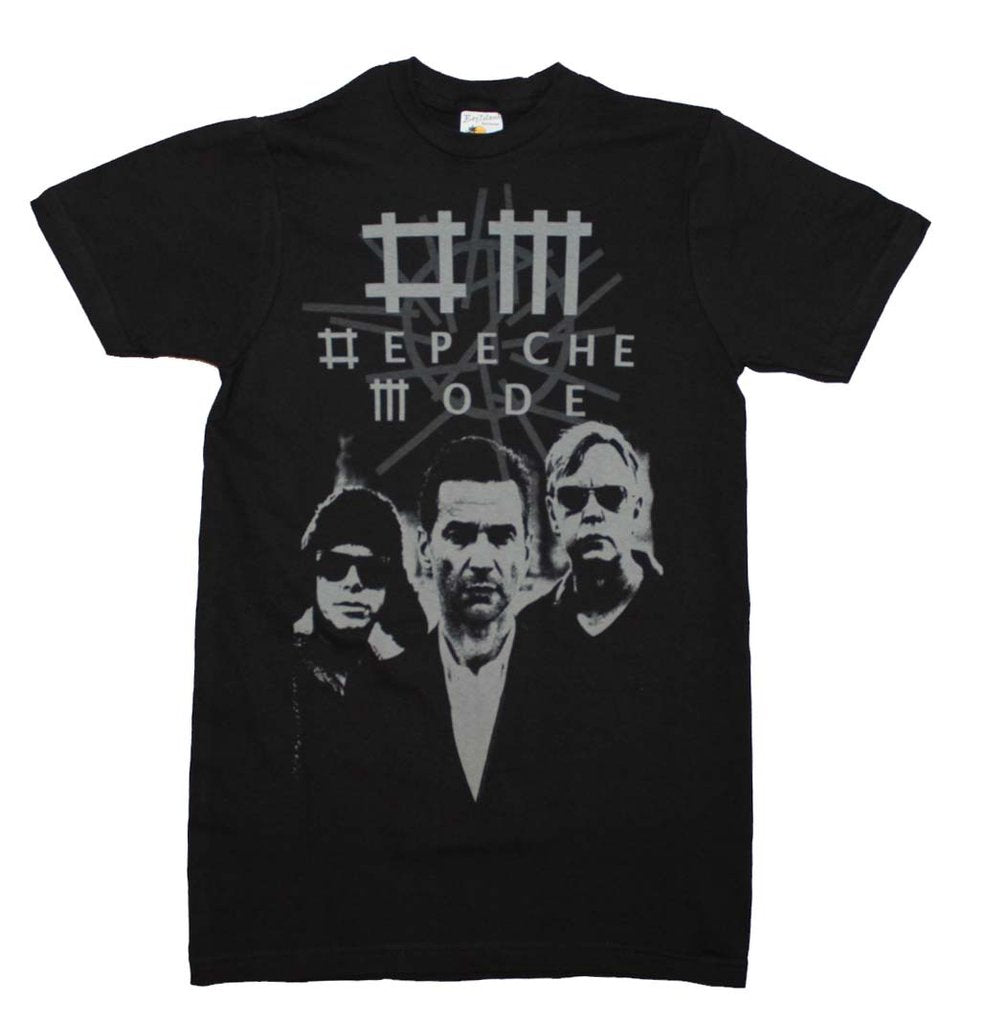


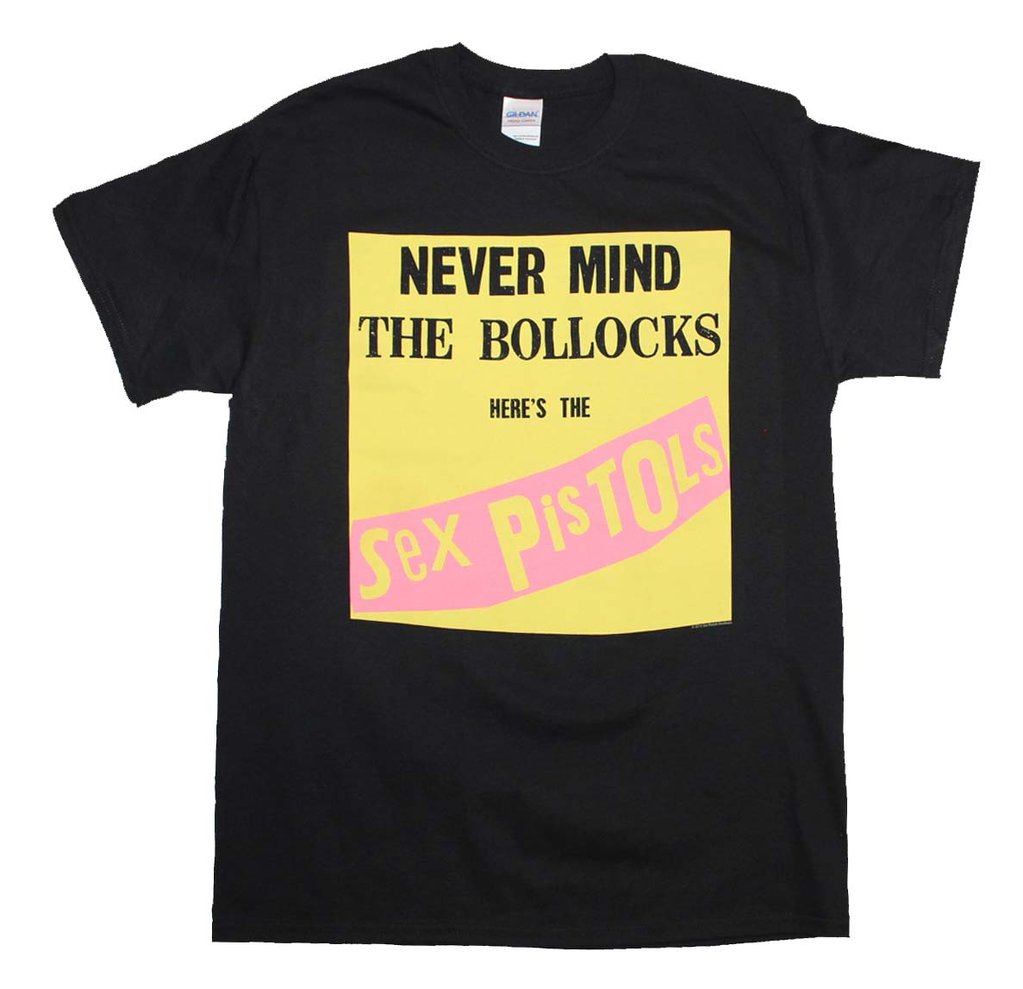
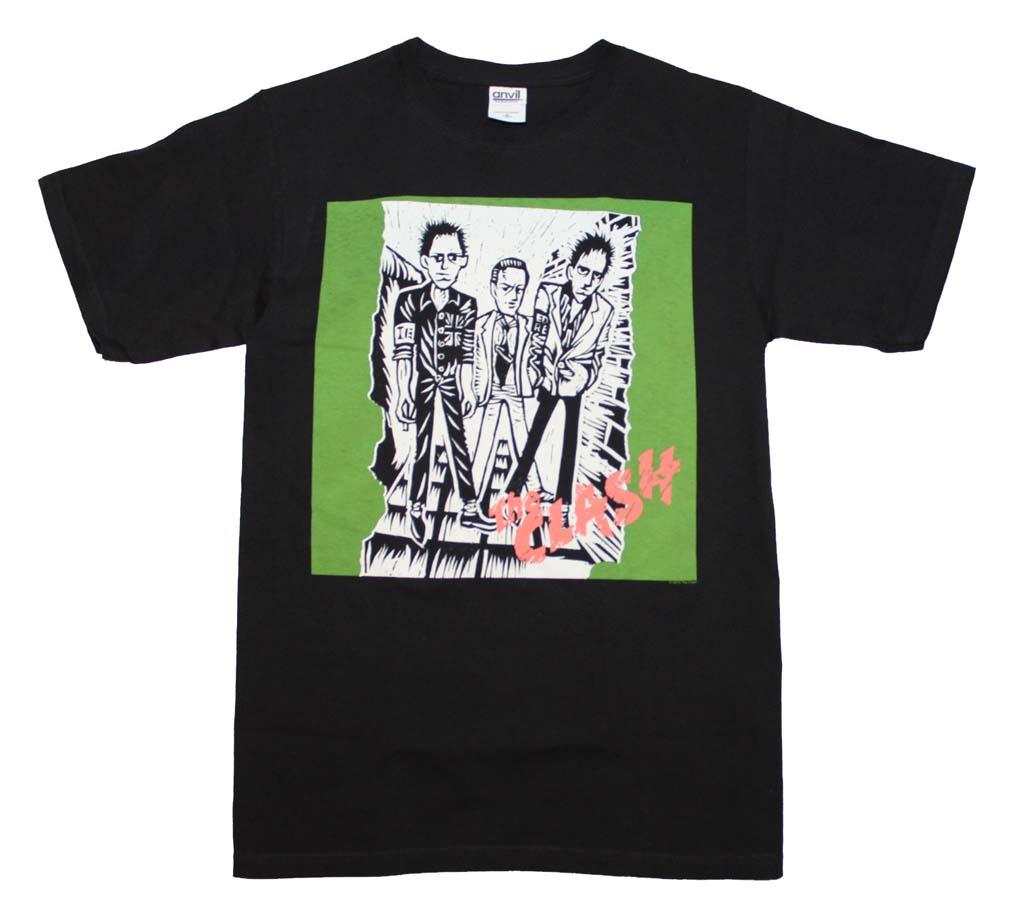
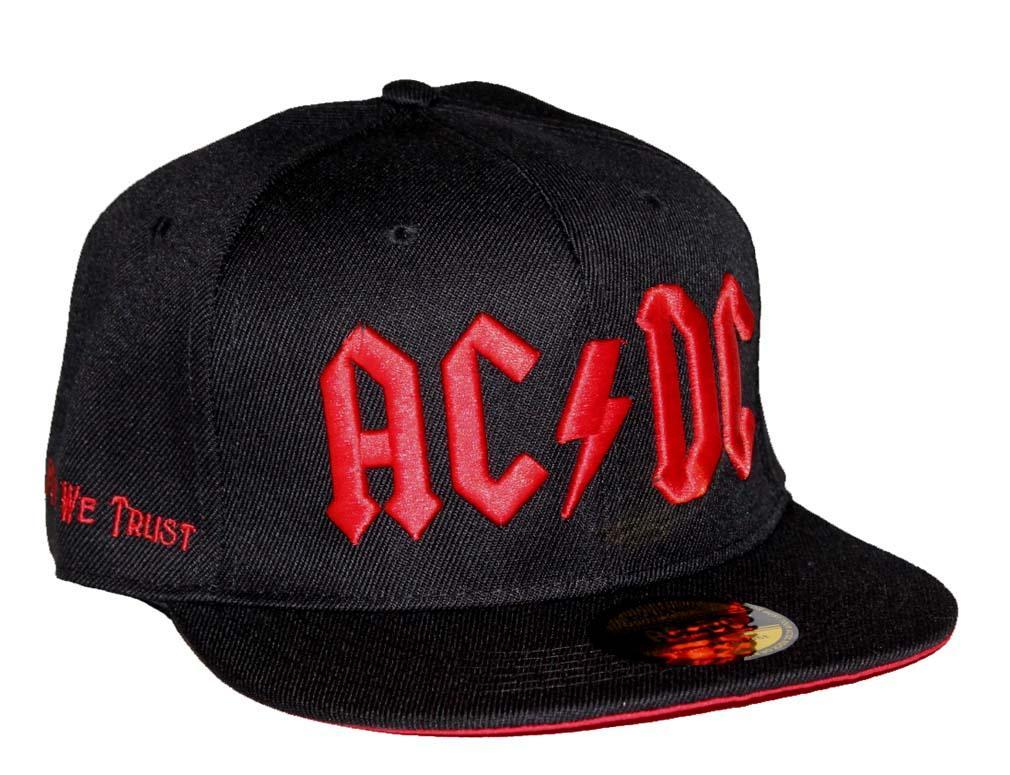



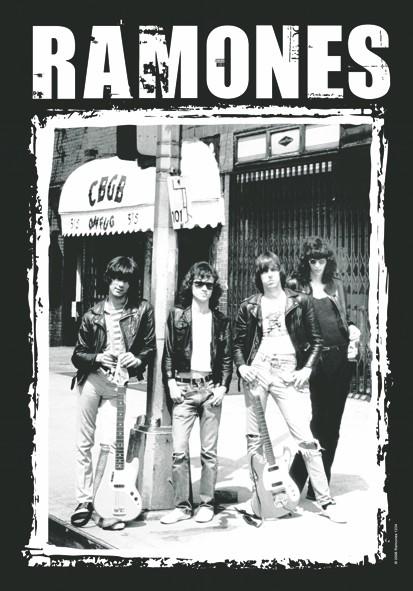
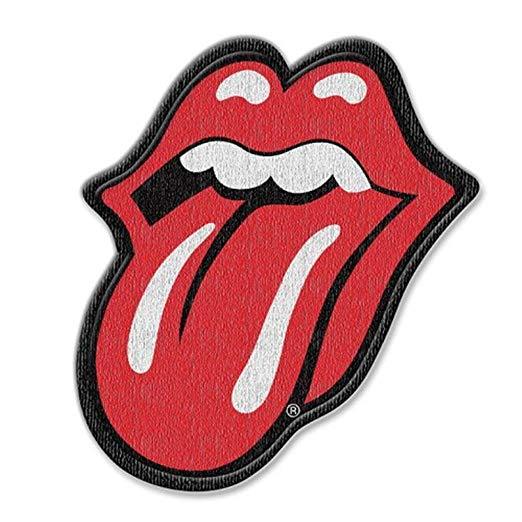

Comments
3 comments
Colin Lupton
Hi Zero. You’re an absolute bloody legend. Long may you run my friend.
Robert Bruce
Hello,
I am amazed at the sheer volume of records in your collection. You have most certainly amassed a mass of vinyl!
My own collection of vinyl and CDs at over 80,000 items, now appears terribly small.
Kind regards,
Robert
Ramesh kukreja
I am too in vinyl
But to know a person having a such a big collection – Surprises me
I Salute to the efforts put